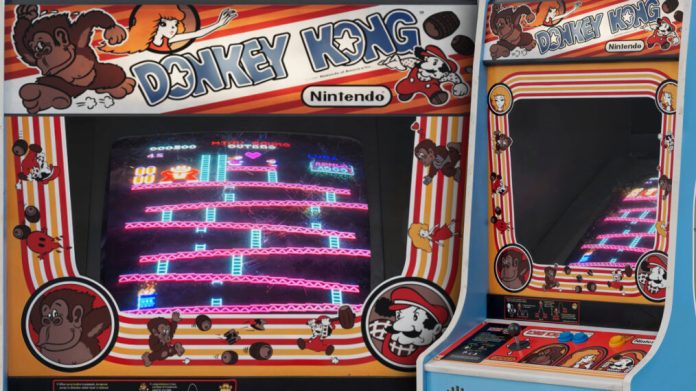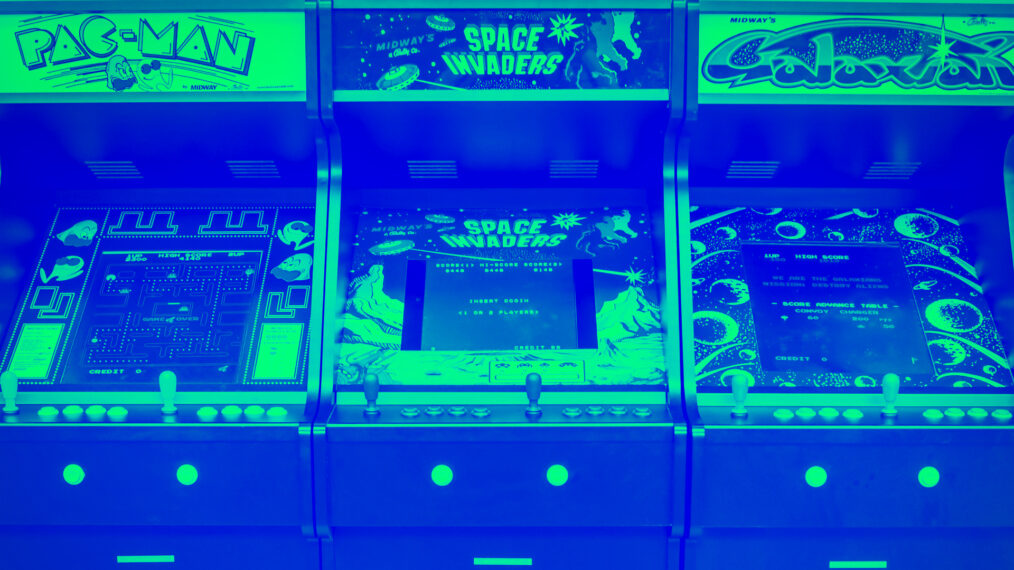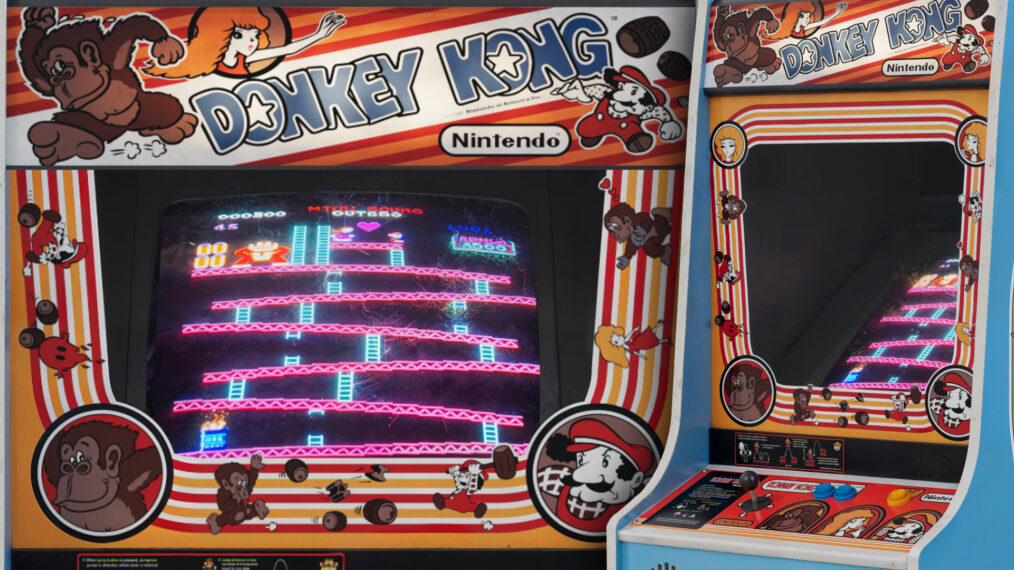
Adobe Stock
When Donkey Kong arrived in arcades on July 9, 1981, it wasn’t just another game — it was the start of something big (or, actually, it was the start of something small that had a mustache and a red cap). This was the game that introduced the world to Mario, the diminutive plumber who would become a pop culture icon, as well as his primate pal/ nemesis Donkey Kong; it also launched Nintendo into the spotlight and even helped rescue a struggling U.S. division of the company.
With its barrel-dodging chaos and surprisingly emotional story, Donkey Kong didn’t just entertain; it helped define the future of video games. More than 40 years later, the legacy of this iconic gorilla is still going strong as evident by a new Donkey Kong-themed land at Universal’s newest theme park, Epic Universe. In honor of its anniversary, let’s learn some fun facts about the beloved video game:
1 Mario was originally called “Jumpman” (and so was the game)
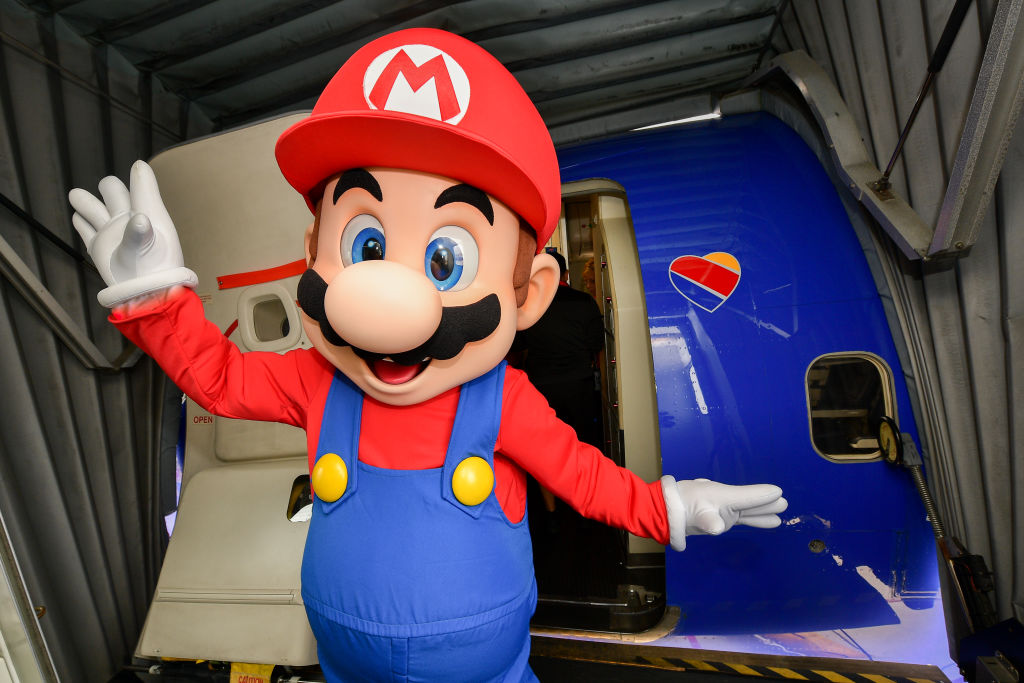
Matt Winkelmeyer/Getty Images for Nintendo
Before he became the face of Nintendo, the character we now know as Mario made his debut in Donkey Kong under the name “Jumpman.” He was a carpenter instead of a plumber, and his mission was to rescue a damsel in distress named Pauline. His look was kept simple due to graphical limitations, which is why he ended up with a mustache, a hat and overalls.
Despite the basic design, the character quickly gained popularity, and by the time his next appearance rolled around, he had a name: Mario. That name was inspired by Mario Segale, the landlord of Nintendo of America’s warehouse. It’s funny to think that a side character in a gorilla game would go on to become one of the most recognizable characters in the world.
2 It invented a whole new video game genre

David Greedy/Getty Images
At the time, there was no such thing as a “platformer” video game, but Donkey Kong changed all that. It was one of the first games to introduce the concept of jumping between platforms, climbing ladders and dodging hazards in a vertical stage layout. This gameplay style would become the foundation for countless games in the decades to come — but at the time, it was so innovative that people didn’t even know how to describe it at first. It laid the groundwork for classics like Super Mario Bros., Sonic the Hedgehog and Crash Bandicoot.
3 Donkey Kong was designed by Shigeru Miyamoto
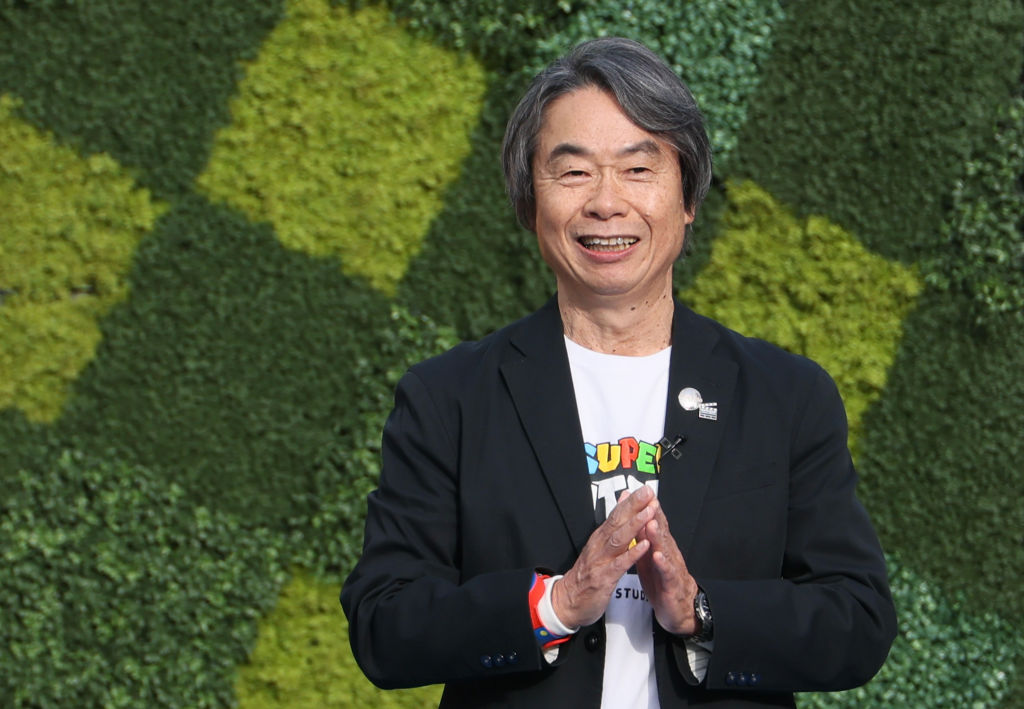
Rodin Eckenroth/Getty Images
Donkey Kong was the very first game designed by Shigeru Miyamoto, who would later go on to create Super Mario Bros., The Legend of Zelda and many of Nintendo’s most beloved franchises. At the time, he was a young industrial designer at Nintendo, and the company took a gamble letting him create a new game to replace the failed Radar Scope cabinets in the U.S.
Miyamoto came up with the idea of a love triangle between a carpenter, his girlfriend and an escaped pet gorilla, and Nintendo paired him with veteran programmer Gunpei Yokoi to bring it to life. That early collaboration helped shape the company’s creative direction for decades to come, and Miyamoto’s quirky, character-focused approach became a Nintendo trademark.
4 It saved Nintendo from total failure in the United States
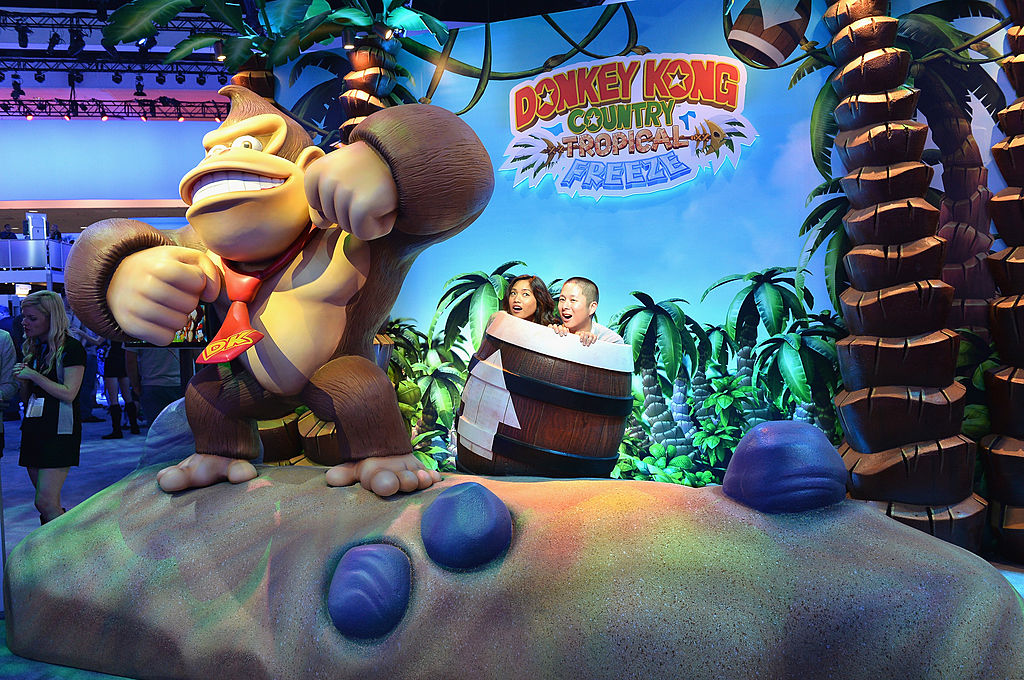
Alberto E. Rodriguez/Getty Images
Nintendo had bet big on another arcade game called Radar Scope, but it flopped badly in the U.S. Thousands of unsold cabinets sat in warehouses, collecting dust. In a desperate move, the company decided to convert those cabinets into a brand new game called Donkey Kong. That gamble paid off in a big way: The game became a massive hit and turned around Nintendo of America’s future. Without Donkey Kong, it’s possible Nintendo never would have become the video game giant we know today.
5 Donkey Kong was in the center of a legal battle between Nintendo and Universal
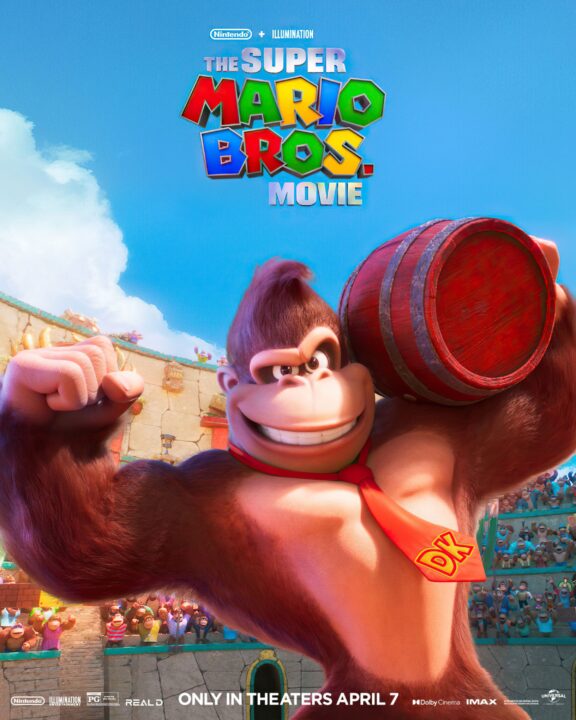
Universal Pictures/Everett Collection
Shortly after Donkey Kong became a hit, Universal City Studios filed a lawsuit against Nintendo in 1982, claiming that the game infringed on their rights to King Kong. They argued that Donkey Kong was too similar to their famous giant ape. But the court ruled in Nintendo’s favor, stating that Universal didn’t actually own exclusive rights to King Kong in the first place.
This victory was a turning point for Nintendo. It not only protected Donkey Kong, but also helped establish Nintendo as a serious player in the American gaming market. The legal battle was handled by attorney John Kirby, who later had the character Kirby named in his honor as a thank-you for his work. It all ended well, as now Universal has rights to the character to use in the theme parks.
